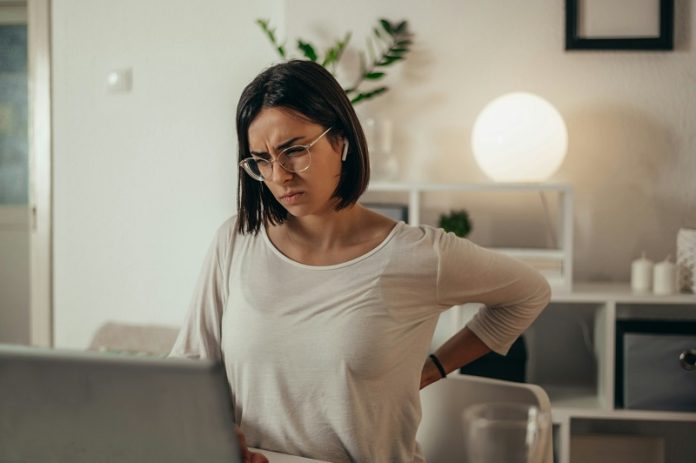
Back pain is something many of us have experienced.
Maybe you bent down to pick something up, and suddenly, “Ouch!”—your back gave out. It’s a common problem that doesn’t just disappear for some people.
Instead, that sharp pain can stick around, turning into a constant, nagging issue. This type of pain is one of the most common reasons people skip work, and it can make even simple activities feel like a struggle.
To understand how back pain works and how to fix it, let’s first talk about a common cause: degenerative disk disease. This condition happens when the soft, cushiony disks between the bones in your spine start to break down.
These disks act like shock absorbers for your back, helping you move comfortably and protecting your spine from wear and tear.
But as they wear out, your spine loses that cushion, leading to pain and stiffness. Think of it like the worn-out suspension on a car—every bump in the road feels much worse.
For years, doctors have looked for better ways to treat this kind of pain. Traditional treatments like physical therapy, medications, or even surgery don’t always work well for everyone.
But now, there’s a new and exciting option: a special injection that may help regenerate those worn-out disks.
This treatment was developed by a team led by Dr. Douglas Beall, a specialist in radiology. The method, called viable disk allograft supplementation, might sound complicated, but it’s really just an advanced injection.
It uses a fluid packed with living cells to target damaged disks. These cells act like little repair workers, encouraging the damaged areas to rebuild healthy tissue.
Here’s how it works: The fluid is injected directly into the problem area in the spine. Once there, it helps restore the disk’s function, almost like giving your back a fresh start.
Dr. Beall describes it as life-changing for many patients, comparing it to being able to move freely again after struggling with a painful injury.
But does it really work? To test the treatment, Dr. Beall and his team ran a three-year study with 50 people who had chronic back pain. Of those, 46 received the special injection, while the other four were given a simple saline shot as a comparison.
The results were impressive: 60% of those who got the injection reported that their pain was reduced by more than half. Even better, 70% said their back felt stronger and more functional.
One of the most exciting aspects of this treatment is the potential to reduce the need for painkillers, especially opioids.
Many people rely on these medications to manage their pain, but they come with risks like addiction and serious side effects. This injection offers an alternative that could help people manage their pain without depending on pills.
Another great thing about this treatment is how simple it is. There’s no need for surgery, long hospital stays, or painful recovery. It’s an outpatient procedure, meaning you can go home the same day. For many, it’s as easy as getting a routine shot at the doctor’s office.
Dr. Beall and his team are hopeful that this innovation will be a game-changer for people living with back pain.
While more research is needed to confirm the long-term benefits, the early results are promising. This treatment could help millions of people get back to their normal lives, free from the constant “ouch” in their backs.
For now, it’s a step forward in the fight against back pain, giving hope to those who have been searching for relief.
If you care about pain, please read studies about vitamin K deficiency linked to hip fractures in old people, and these vitamins could help reduce bone fracture risk.
For more information about wellness, please see recent studies that Krill oil could improve muscle health in older people, and eating yogurt linked to lower frailty in older people.
Copyright © 2024 Knowridge Science Report. All rights reserved.



